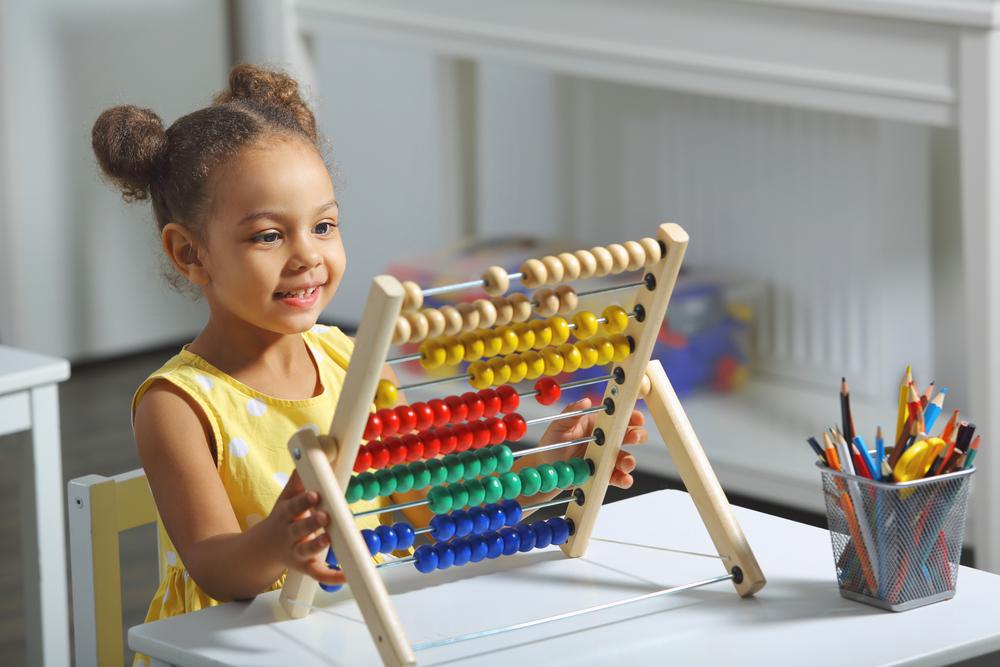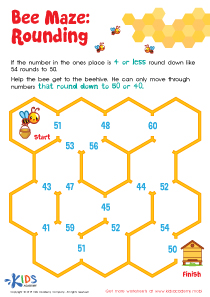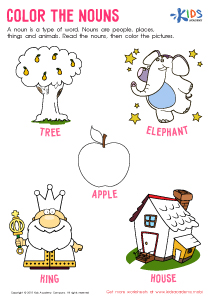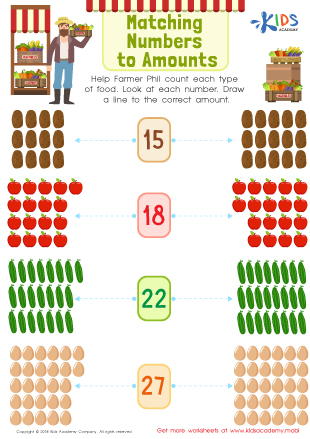Handwriting practice Tracing Numbers Worksheets for Ages 3-7
7 filtered results
-
From - To
Enhance your child’s writing skills with our Handwriting Practice Tracing Numbers Worksheets designed for ages 3-7! These engaging worksheets provide a fun way for young learners to develop fine motor skills while practicing number recognition and writing. Each worksheet features a variety of colorful and easy-to-follow tracing activities, allowing children to strengthen their hand-eye coordination and improve their handwriting. Perfect for both home and classroom use, these worksheets also encourage a love for numbers and math concepts. Get your little ones excited about learning as they trace and master their numbers with our interactive and educational resources!
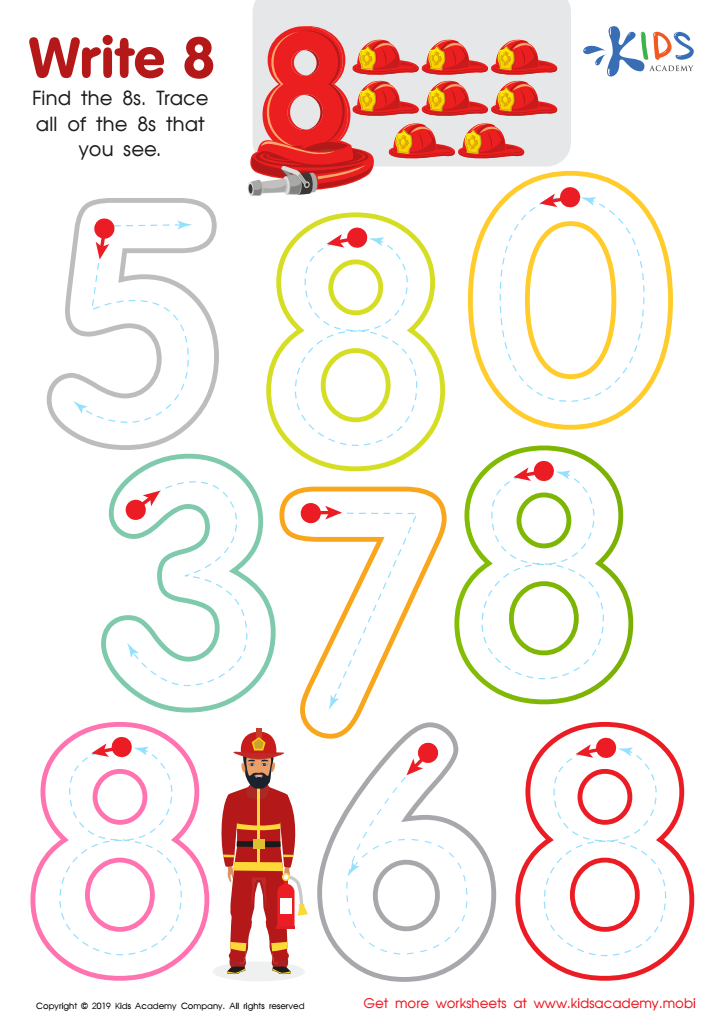

Write 8 Worksheet
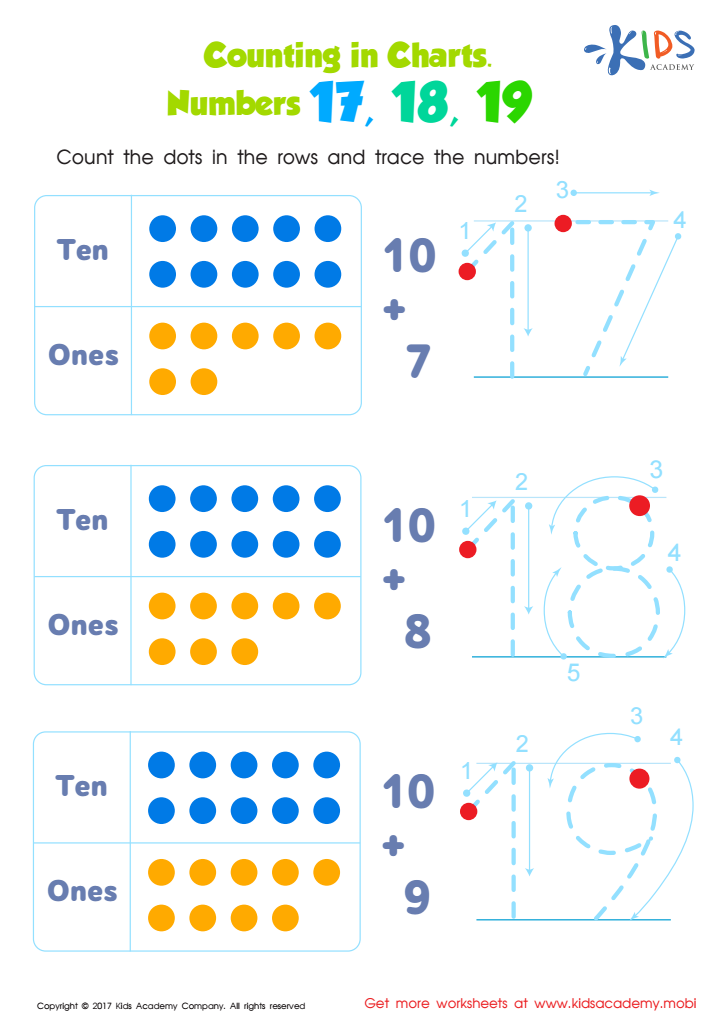

Kindergarten Number Tracing: Counting in Charts Worksheet
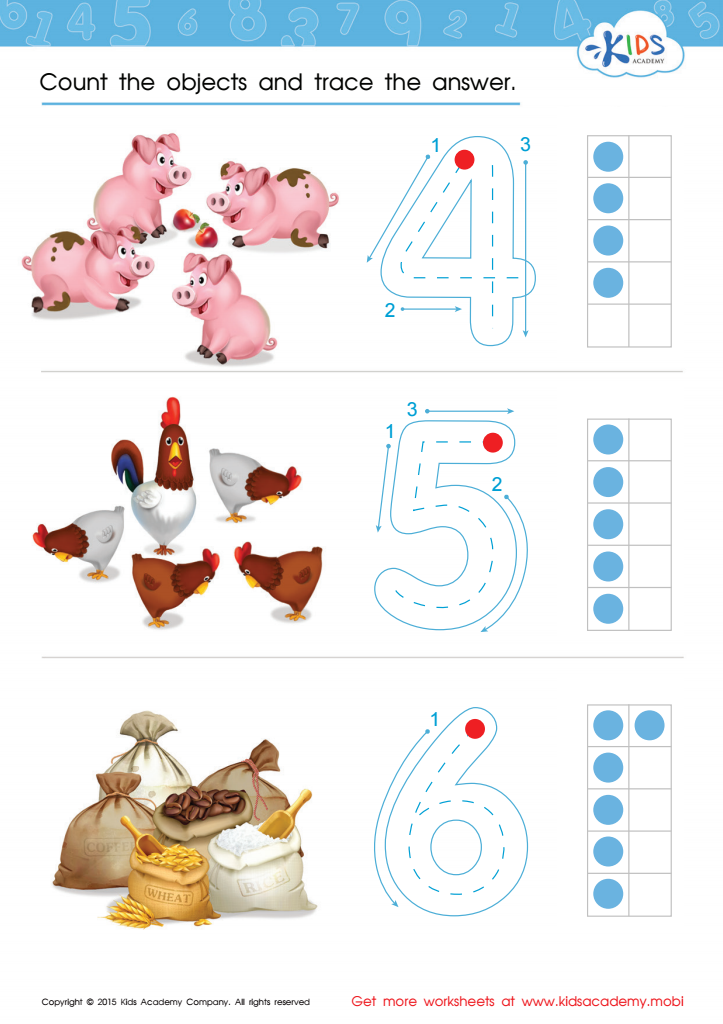

Count and Trace 4 – 6 Worksheet
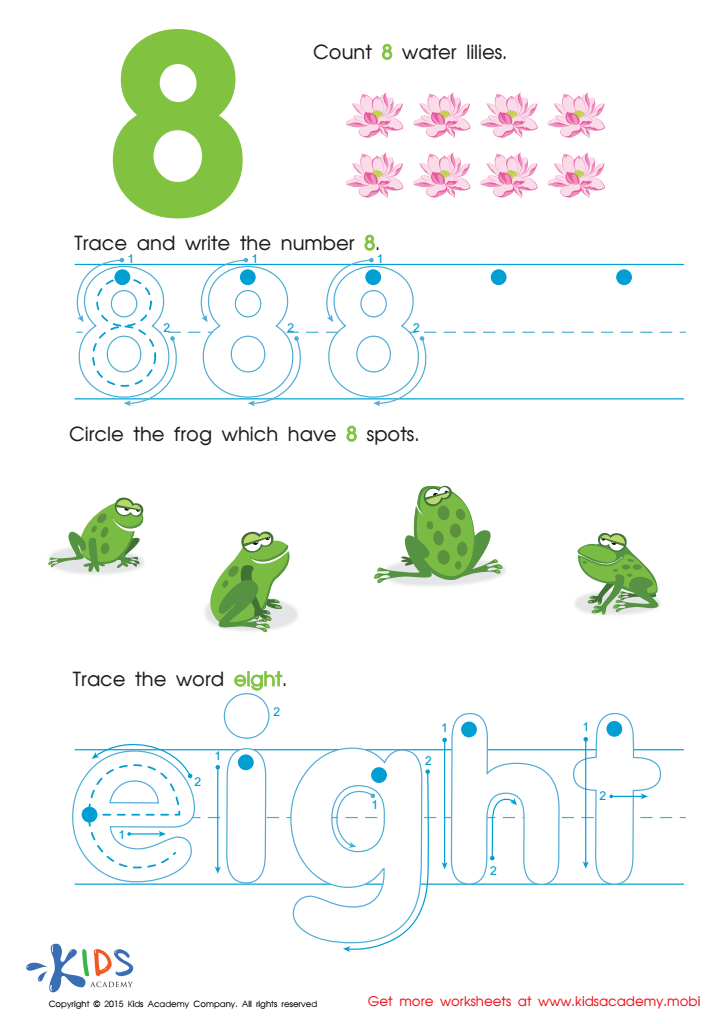

Learn Number 8 Easily Worksheet
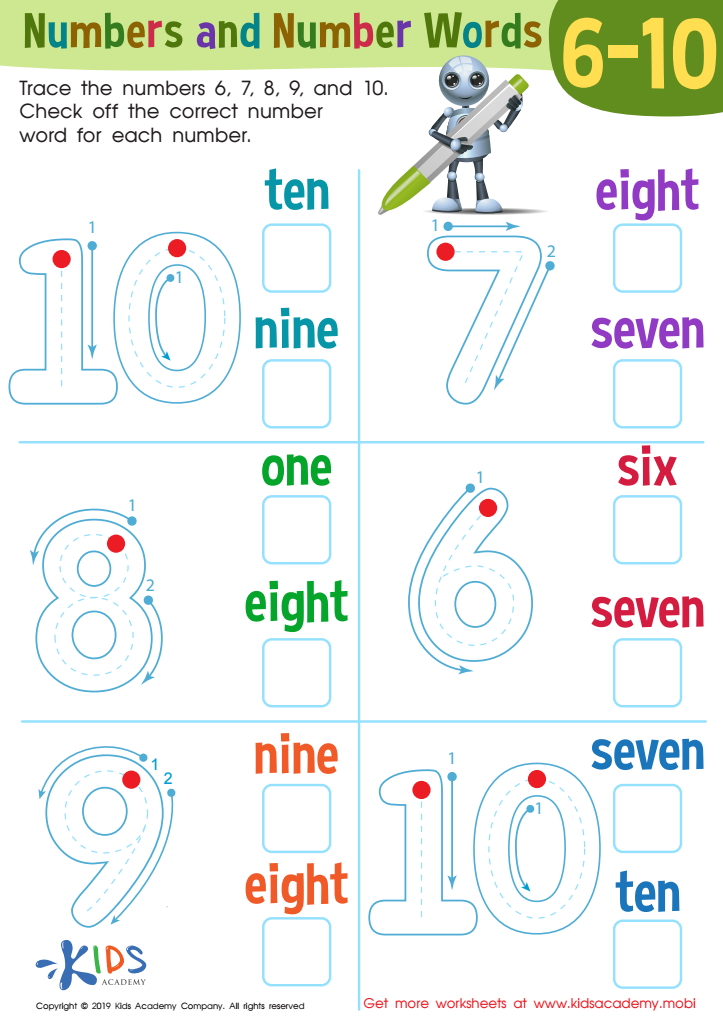

Numbers and Number Words 6–1 Worksheet
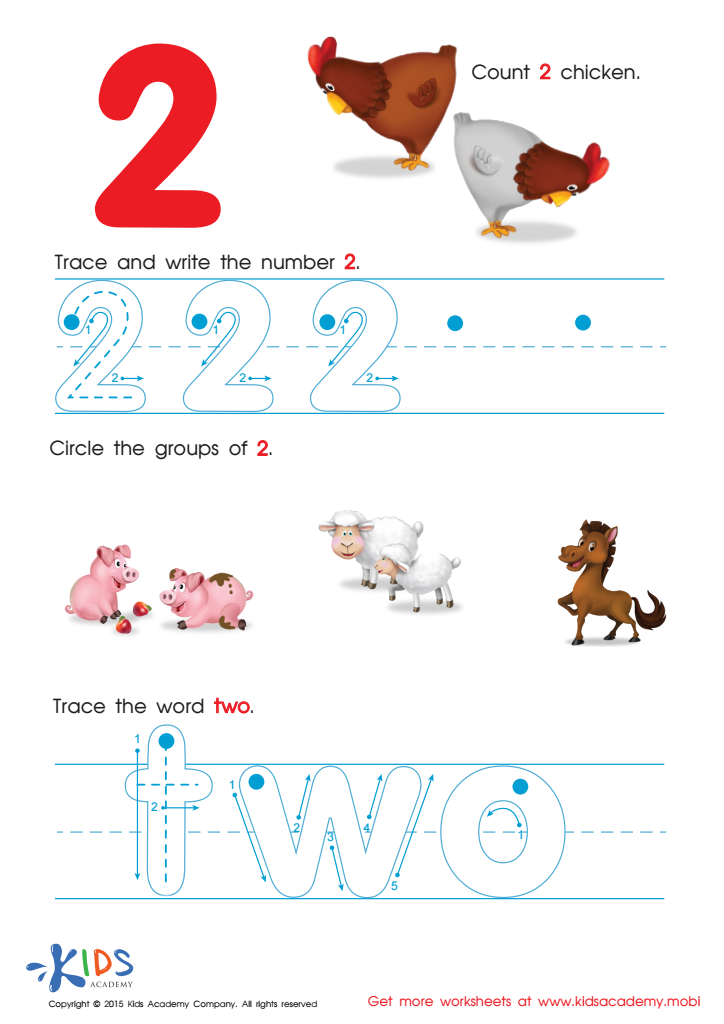

Learn to Write the Number 2 Worksheet
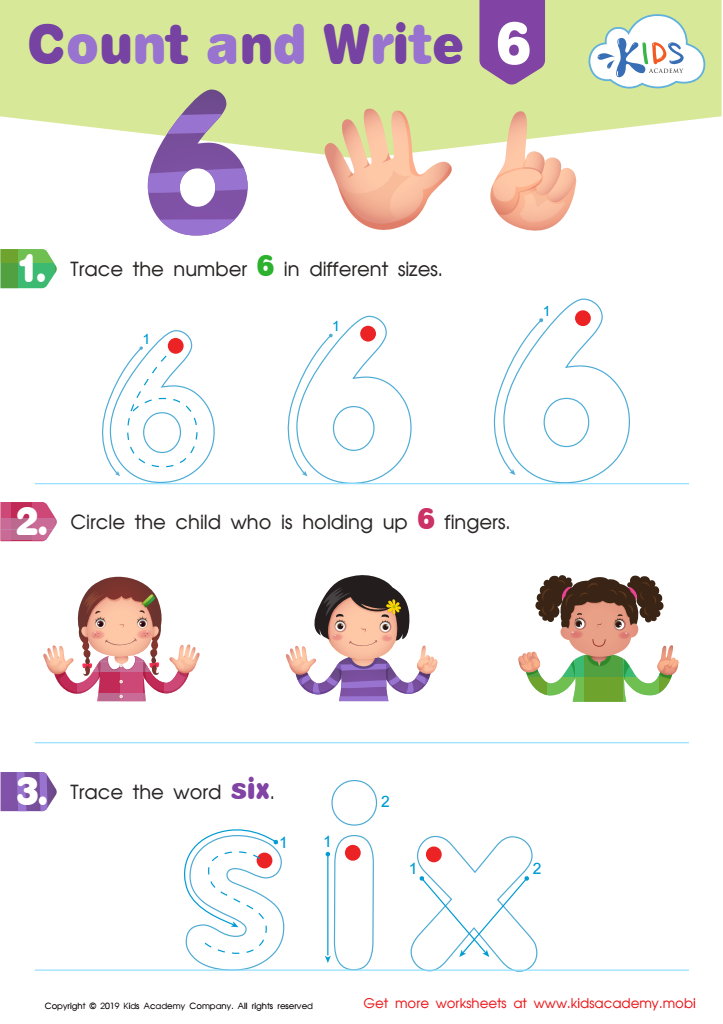

Count and Write 6 Worksheet
Handwriting practice, specifically tracing numbers, is crucial for children aged 3-7 for several reasons. Firstly, this activity enhances fine motor skills, which are essential for later writing tasks and other daily activities. As children learn to control their hand movements while tracing, they develop the coordination necessary for accomplishing more complex tasks.
Secondly, tracing numbers introduces young learners to foundational math concepts. By engaging with numbers, children begin to recognize their shapes, patterns, and the concept of quantity, setting the stage for future mathematical understanding. This early exposure helps to solidify number recognition and lays the groundwork for basic arithmetic.
Moreover, handwriting practice builds concentration and focus. As young learners engage in tracing, they learn to pay attention to details, which has positive implications for their overall cognitive development.
Lastly, consistent practice fosters confidence. Children experience a sense of accomplishment as they master handwriting, encouraging a positive attitude toward learning. For parents and teachers, supporting this practice is an investment in their child's literacy and numeracy development that can lead to academic success and personal growth. Ultimately, dedicated handwriting practice in early childhood lays a strong educational foundation for lifelong learning.
 Assign to My Students
Assign to My Students






